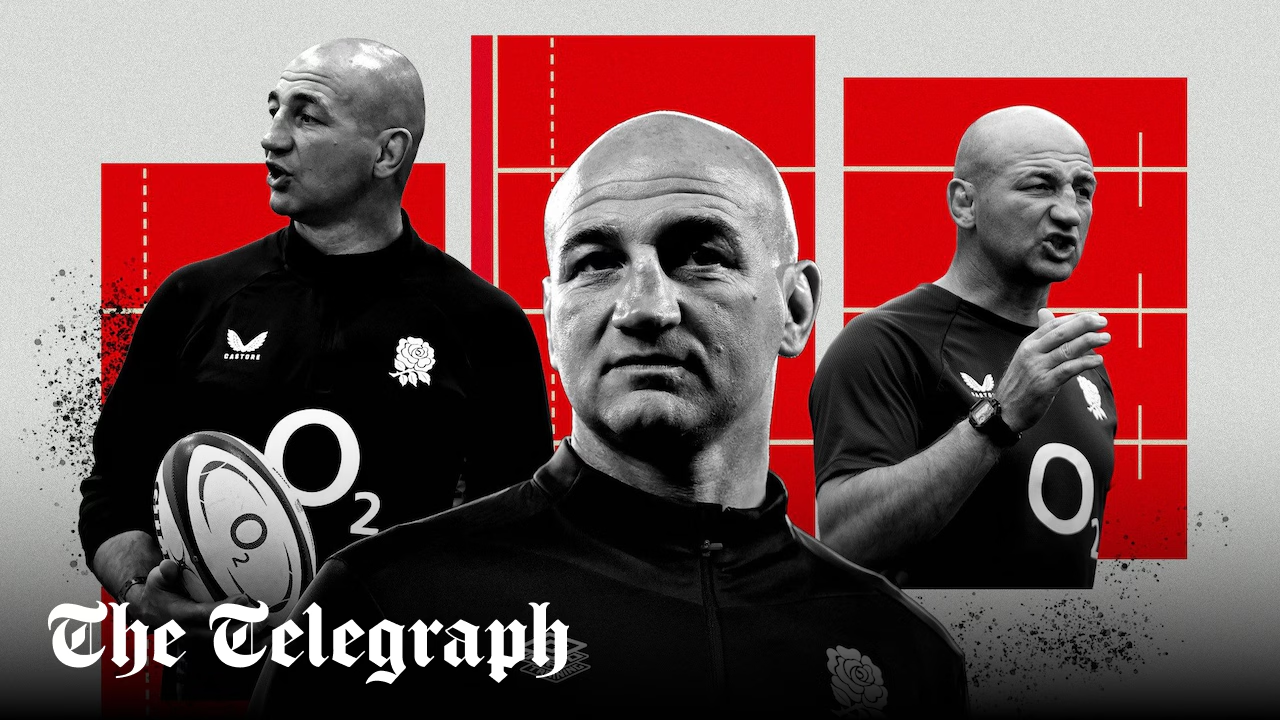Steve Borthwick is becoming an innovator and could play George Ford at scrum-half

Key to that strategy will be finding a way to include two play-makers in the back line. Elliot Daly, whose form before his injury with the Lions was imperious, would provide an option when he is fit again, most preferably from full-back. But intriguingly, England have been training with Fin Smith at 12, giving the option of him playing alongside Ford in a fashion similar to the Ford-Farrell partnership that took England to the World Cup final in 2019.
“I want them to play in a way that is fast and aggressive with the ball,” Borthwick said. “I think it suits the strengths we have. The second aspect, the second challenge, or characteristic I give the team is how hard this team runs, and the physical intensity it brings. That is really important to us. It’s not a team that has huge size, it’s a team that can run.
“I’m seeing a team that is better conditioned now, and a team that can run harder now. The expectation is there, and our fans will expect the team to play as fast as they can with the skills they have, and our fans will expect the team to run hard. That’s the same expectation we have internally.”
More hybrid players
It was before England’s summer tour of Japan and New Zealand last year that Telegraph Sport revealed Ben Earl, a back row forward, had been training at centre. This was as part of Borthwick’s evolving strategy to increase positional flexibility in order to enable the selection of a six-two bench split.
That strategy has evolved to the extent that Borthwick spoke on Tuesday of the likely probability that Earl will now start at Test match in the midfield. Alex Dombrandt, before his injury, has also been trialled at centre, while Borthwick revealed this week that Henry Pollock has also been running on the wing and Guy Pepper in the midfield. Eddie Jones was once mocked for considering wing Jack Nowell as a makeshift extra flanker in what would be a nine-man pack. That now looks conservative.
The reasoning is simple. The talent depth charts in England right now show that Borthwick can pick from many mobile and dynamic back-row forwards, but not so many hard-edged ball carriers. England’s strategy to win games therefore will be centred on the ability to unleash as many of these jackaling and mobile forwards as possible to take the game away from opponents in the final quarter. That lends itself to a six-two bench at a minimum.





